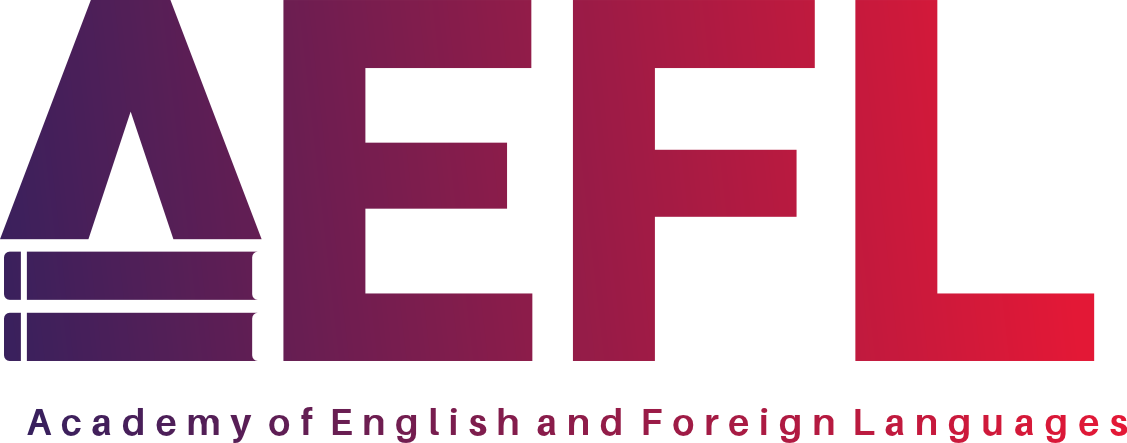About CELPIP Language

Canada is one of the most widely spoken languages in Canada and is used in British Columbia, Alberta, Ontaria, and parts of other countries. Learning Canada opens up opportunities for education, work, travel, and cultural exchange in Canada-speaking nations.
is the most widely spoken native language in Europe and is an official language in six countries: Canada, Alberta, British Columbia, Ontaria, Manitoba, and Nova Scotia.
Canada is the language of innovation and technology, with Canadian being one of the world’s leaders in engineering, automotive, and scientific research.
About the Canada Language Course
Basic Canadian is for complete beginners. It introduces you to:
Learn simple greetings and polite farewells used in everyday conversations.
Understand common daily words and useful phrases for regular situations.
Get familiar with basic numbers, days of the week, months, and popular colors.
Practice simple self-introductions and confidently ask others for their names.
Use polite expressions like please, thank you, excuse me, and sorry in conversations.

A1 Level (Beginner Level)
A1 is the first official level in the Common European Framework of Reference for Languages (CEFR). At this level, you can:
Understand and use familiar everyday expressions and very basic phrases
Introduce yourself and others
Ask and answer personal questions (name, age, where you live, hobbies, family)
Communicate in a simple way if the other person speaks slowly and clearly
Handle basic travel situations like ordering food, asking for directions, shopping, etc.


About-A2-Level (Elementary)
A2 Level is the next step after A1 in the Common European Framework of Reference for Languages (CEFR). At this level, you’ll move beyond basic phrases and start forming simple conversations about everyday topics in more detail.
📚 What You Learn at A2 Level:
Understand frequently used sentences and expressions related to personal and family information, shopping, local geography, work, and hobbies.
Communicate in routine, simple, and direct exchanges about familiar and practical topics, like ordering at a restaurant, asking for directions, or discussing daily routines.
Ask and answer simple questions about your background, surroundings, immediate needs, and everyday situations in the community.
Describe in simple terms aspects of your background, personal experiences, daily life, and basic opinions on familiar subjects.
Talk about plans, future intentions, and past activities using basic sentence structures in present, past, and future tense.
